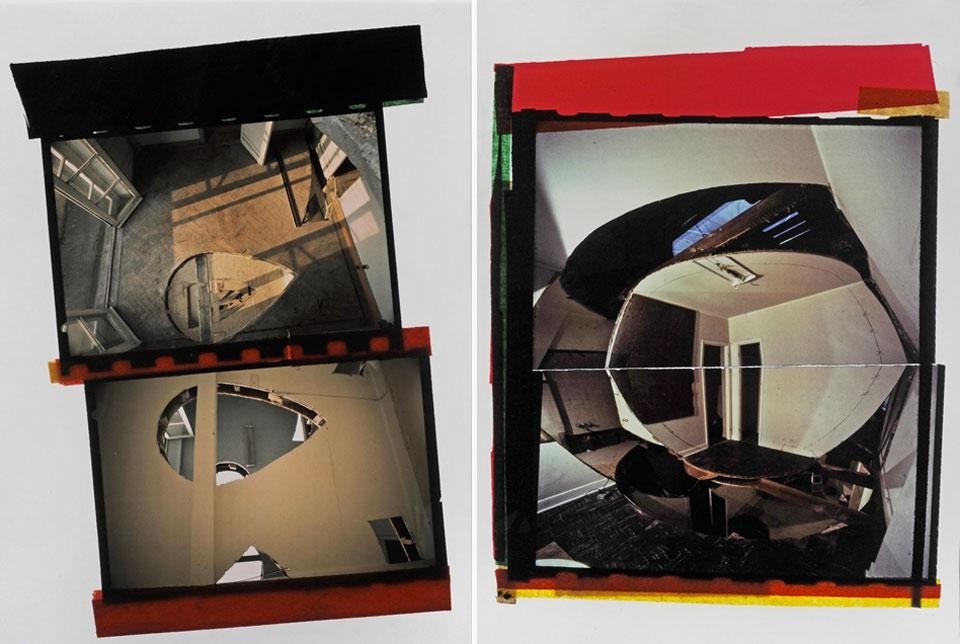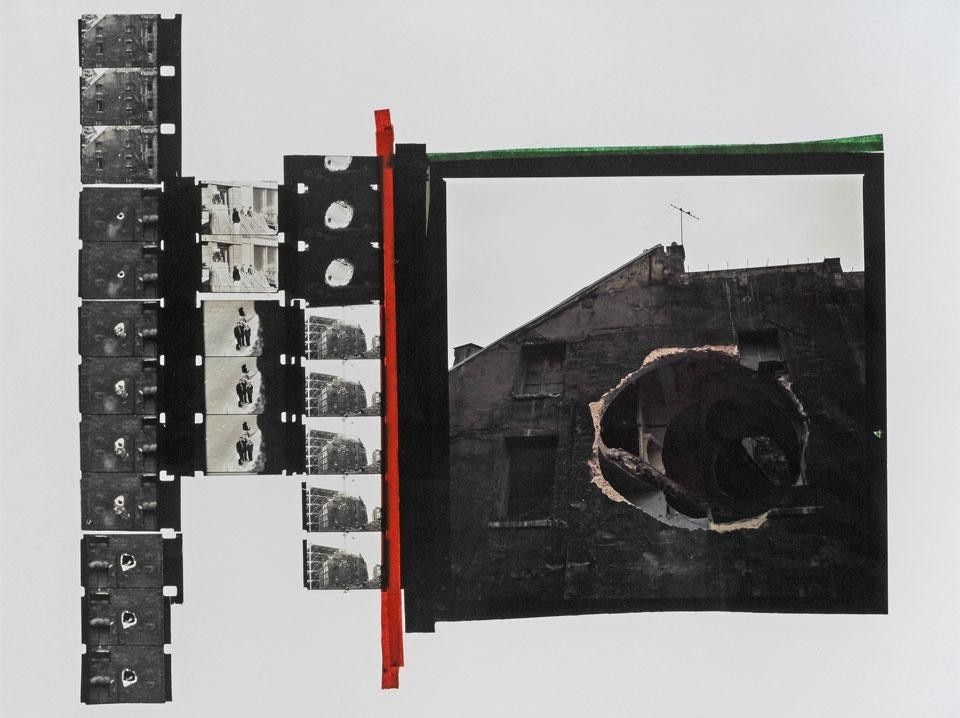The marvellous photographs and pieces of anarchitecture shown, made by Matta-Clark before his death now over 35 years ago, remain integral and powerful, just like his deconstructivist thinking overall. Didier Faustino's intervention in the gallery strives to reactivate these manipulative practices.
Once again the building is engaged with and treated like a poetic object given that both — the anarchitect and the mésarchitect — work within an explosive and plastic grammar, even in the documentary residues. The materials employed are simple: the naked tautology of the building-site with its scaffolding poles, plywood, and the concrete gesture that cuts diagonally across the small space. Certainly, to reinterpret with such extreme naturalness the iconoclastic and minimalist interventions of decoupage seen in Office Baroque (1977) or Conical Intersect (1975-1978) is for Faustino to retrace Matta-Clark's steps. The roots of Faustino's work — and he has never made a secret of it — all lie in the mark of the American artist, in a fascination with the work of this giant, now celebrated at a museum level as one of the Olympians of contemporary artistic practice.
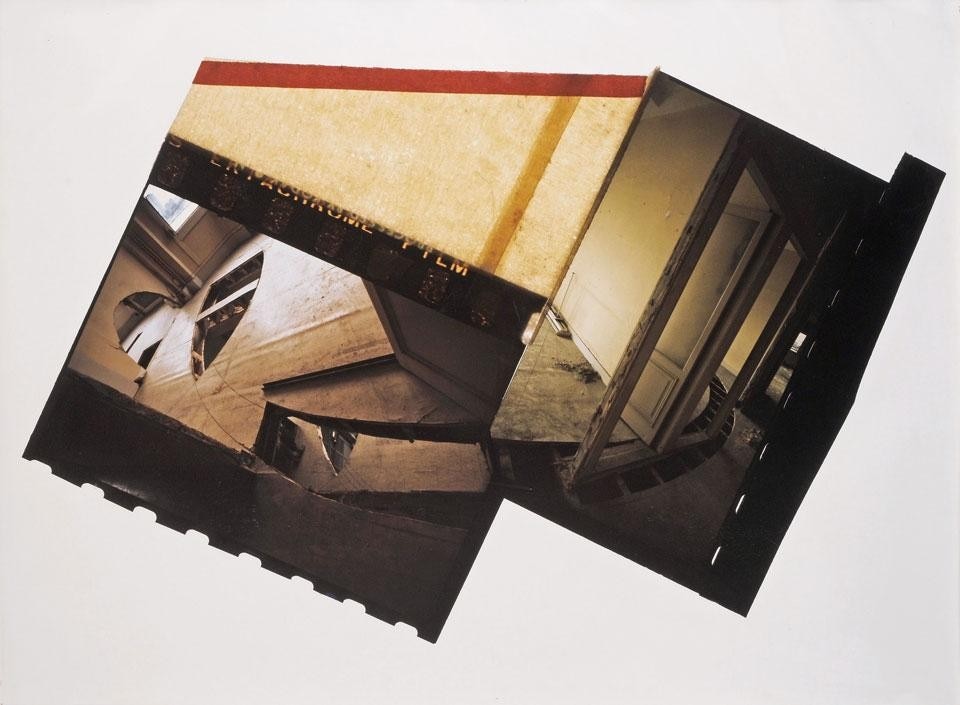
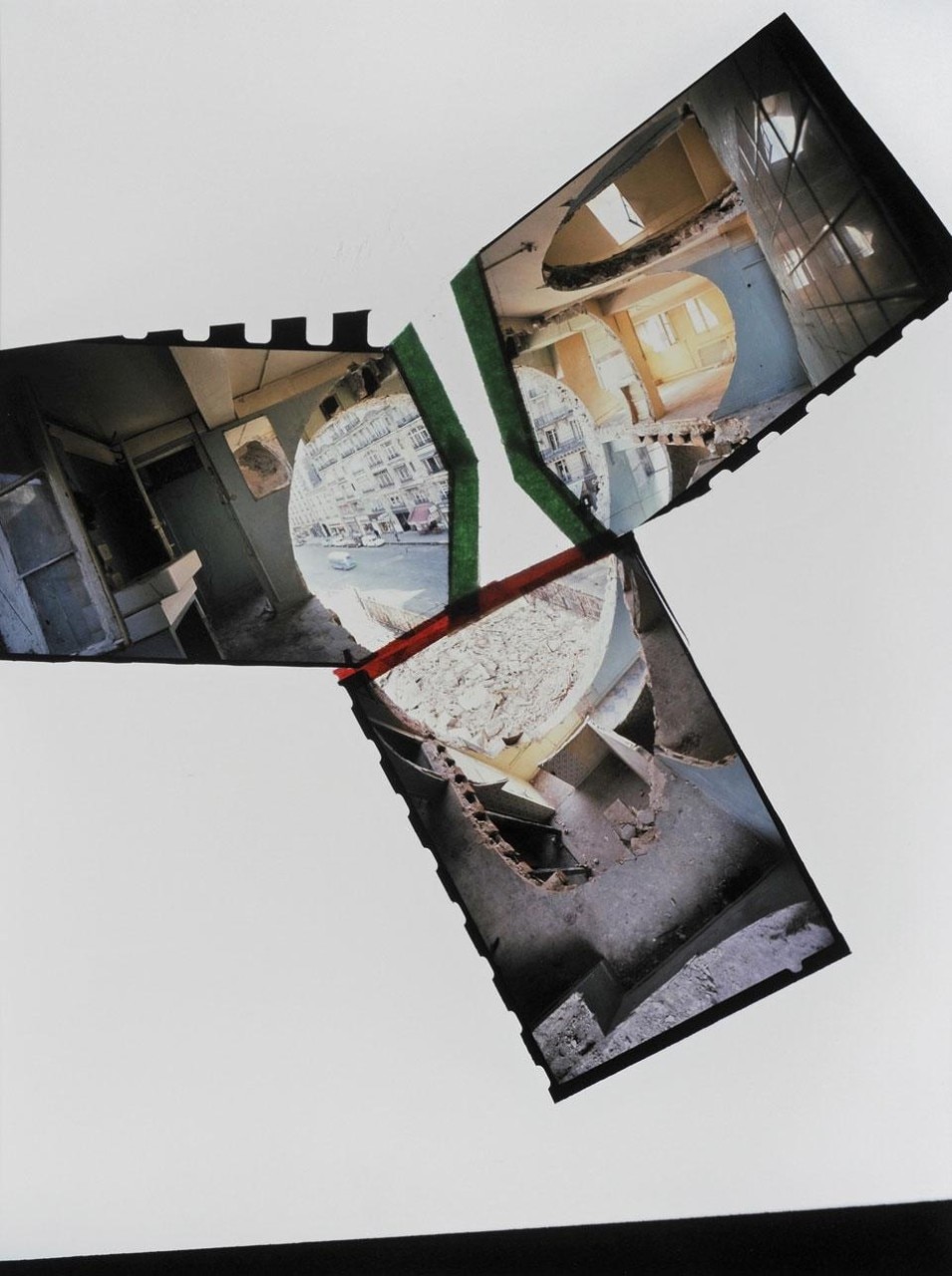
Focusing this exhibition on two "making-ofs"— Office Baroque and Conical Intersect — is to restore the contingent and theatrical dimension of anarchitecture along with the relationship with a real public, in which the building site becomes a setting. It is this social dimension of sculpture that has inspired Didier Faustino to resituate the sensitive pieces on display, part of the arabesque panorama drawn by Matta-Clark, a minimalist dreamer. Ivo Bonacorsi
The marvellous photographs and pieces of anarchitecture shown, made by Matta-Clark before his death now over 35 years ago, remain integral and powerful, just like his deconstructivist thinking overall. Didier Faustino's intervention in the gallery strives to reactivate these manipulative practices
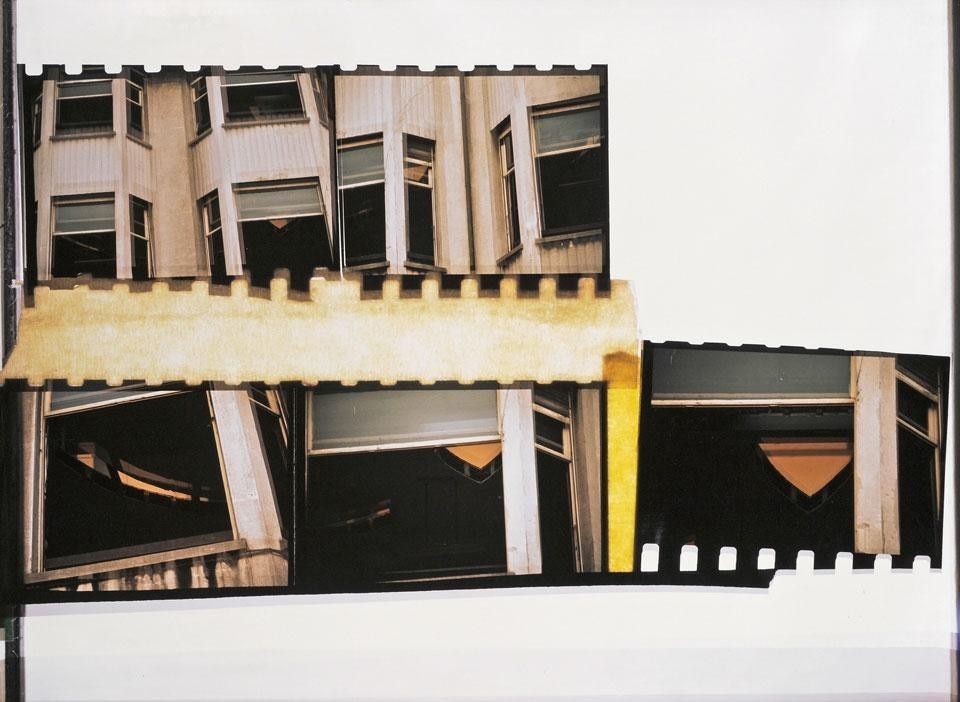
Interventions: Photographs by Gordon Matta-Clark, exhibition design by Didier Faustino
Galerie Natalie Seroussi
34 rue de Seine, Paris
